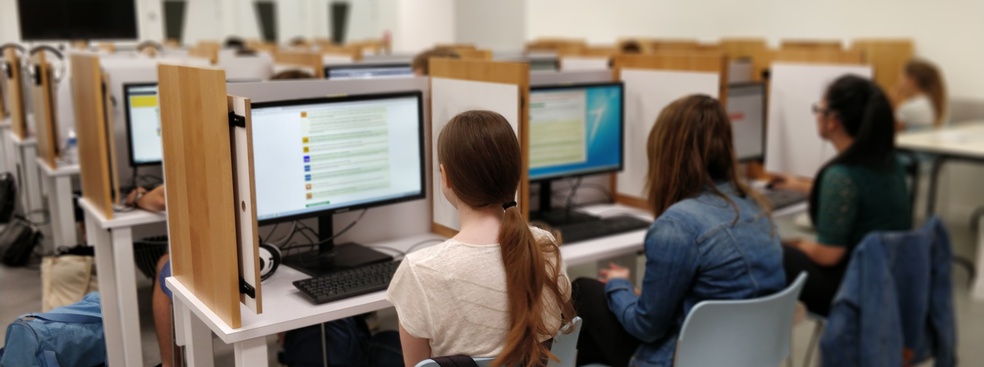With Estefania Santacreu-Vasut
François Longin, Professor of Finance, and Estefania Santacreu-Vasut, Associate Professor of Economics, present the Gender & Finance project and their recent research on the market reaction to the nomination of CEO based on the innovative simulation tool SimTrade.
Mariya: I am here today with professors Longin and Santacreu-Vasut, from ESSEC Business School. They are the co-founders of a project called Gender & Finance. Can you tell us about your project? How did you decide to work together and what is it about?
François: I have been studying financial markets for a long time, especially with SimTrade, which is a simulation tool that I created to help others learn about finance. And I had the feeling that the behavior of male and female market participants was different in many ways: at the finance level in terms of analysis of information, risk-taking, financial decisions, and also at the learning level. I talked about it with Estefania who is the specialist of gender at ESSEC and we decided to create the Gender & Finance project with one objective: un-blinding gender in finance. This project has three pillars: research, pedagogy, and policy.
Mariya: The fight against gender inequality is at the forefront of the policy agenda these days. Can you tell us what are the innovative aspects of your project?
Estefania: Our approach to gender is contextualized within the world of financial markets. This allows us to innovate in two respects. First, we study gender in a setting where the stated goal is to maximize profit rather than to fight against gender inequalities. Second, we study how individuals react to gender-related news in a rich informational environment where information processing is costly.
Mariya: How did you create this rich informational environment?
François: We used SimTrade, which is a simulation trading platform. At the beginning of the simulation, the participant has an account with both cash and assets of a given company called SunCar. During the simulation, he or she will be able to buy or sell SunCar stocks in reaction to various news that will unfold during the day.
We focus on a gender-related news: the nomination of the future CEO, who could be either female or male. We analyze how participants react after the announcement of the future CEO. Do they buy stocks? Do they sell stocks?
Mariya: What is your research methodology?
Estefania: We build experiments in a controlled environment. We catch the gender dimension both at the CEO level, it could be a female or male CEO, and at the participant level, it could be a female or male participant. In practice, we run the experiments in the ESSEC K-Lab with students. This methodology allows us to unblind gender in financial markets as we know precisely who are the participants who trade during the simulation.
Mariya: And what about your main finding?
François: By analyzing the data from the SunCar simulation, we found that when a female CEO is nominated, female participants tend to buy stocks and male participants tend to sell stocks. And when a male CEO is nominated, female participants tend to sell stocks and male participants tend to buy stocks. We interpret these results as evidence of gender homophily.
Mariya: If there were one thing to retain from your research so far, what would that thing be?
Estefania: The main takeaway is that the market, if I may say, is gendered. In a financial market dominated by male traders, the stock price of a company may react negatively to the news of a female CEO nomination. This may reflect the gender composition of market participants.
Furthermore, we can also highlight that a market participant may decide to sell or buy stocks not out of conviction but simply because of the expectation that the market will fall or rise.
Acting by convention rather than conviction, market forces may perpetuate gender stereotypes and gender inequality. With our Gender & Finance project, we aim to increase awareness of such stereotypes in management education. Doing so contributes to bringing about positive change and value creation for society.
Mariya: Thank you for coming and if you want to learn more about the Gender & Finance project and follow its progress, you can do it on genderfinance.net









